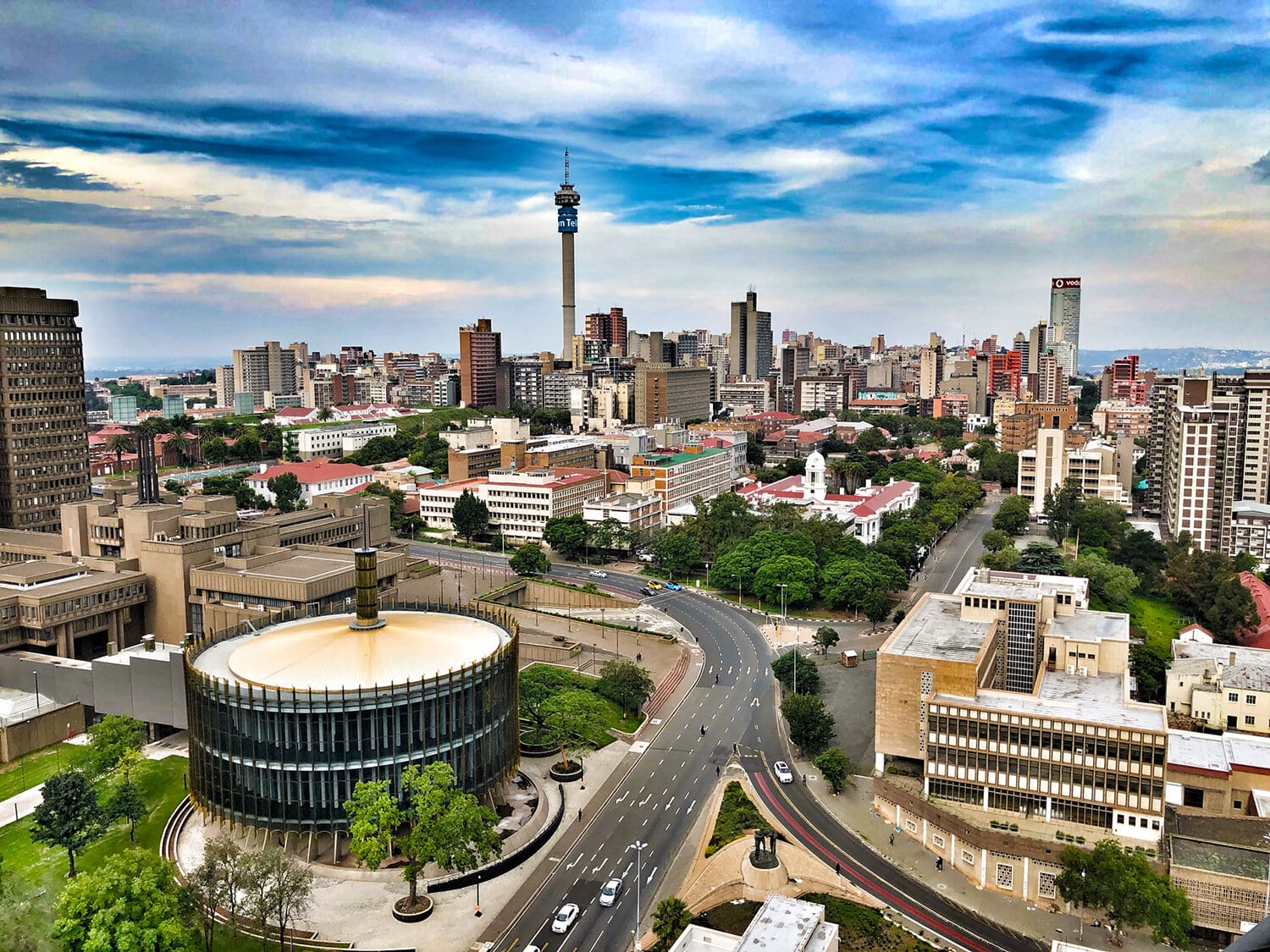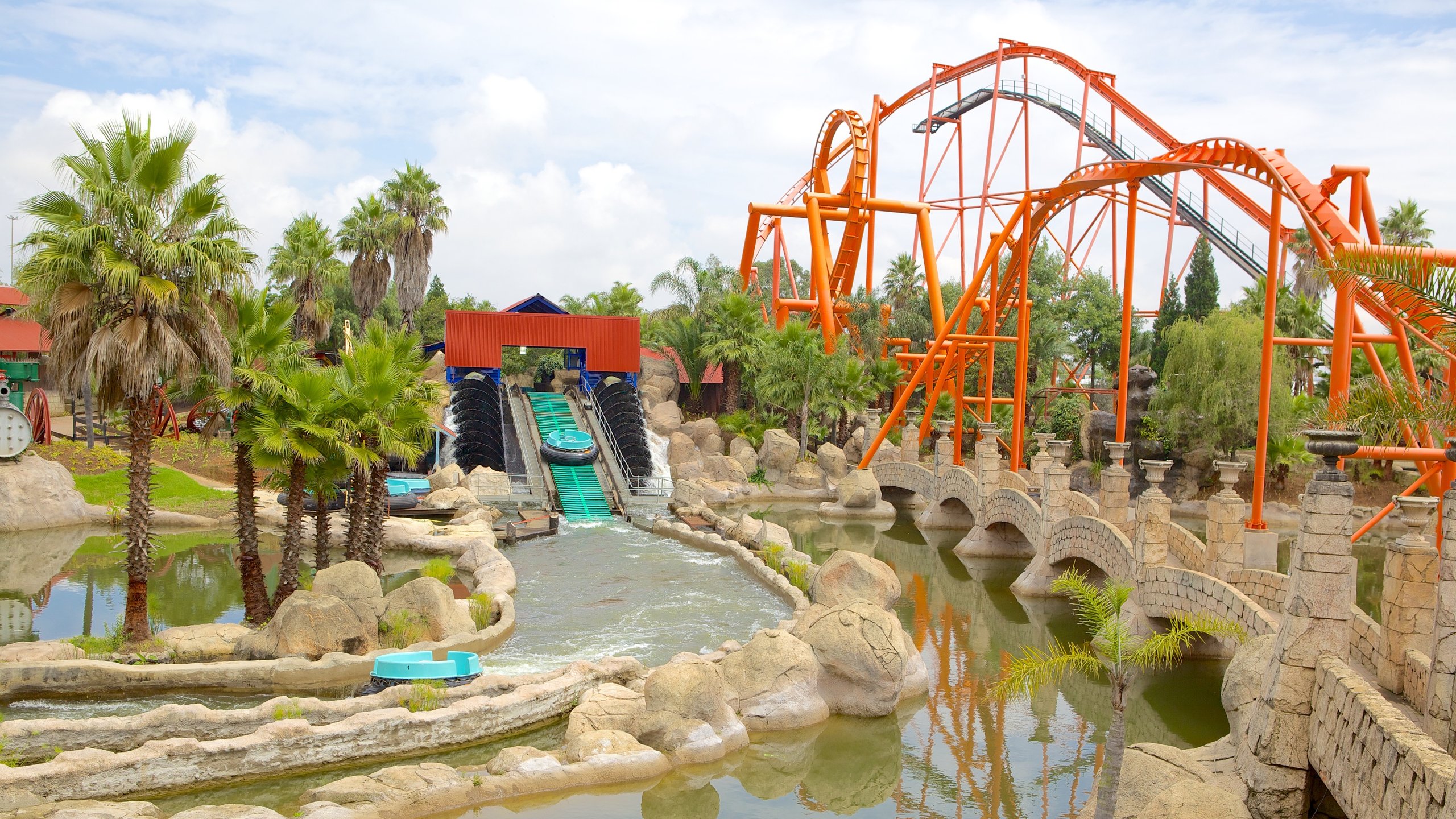Johannesburg North Attractions - Questions
Johannesburg North Attractions - Questions
Blog Article
How Johannesburg North Attractions can Save You Time, Stress, and Money.
Table of ContentsThe Best Strategy To Use For Johannesburg North AttractionsThe Best Strategy To Use For Johannesburg North AttractionsThe Of Johannesburg North AttractionsThe Ultimate Guide To Johannesburg North AttractionsGet This Report about Johannesburg North AttractionsThe Johannesburg North Attractions PDFsThe Ultimate Guide To Johannesburg North Attractions
You should maintain safety and security in mind and tourists need to continue to be alert at all times when in unknown environments. Talk with the residents when you remain in town to discover the location you are staying in. Johannesburg North attractions. When on the street (this does not relate to mall and other protected atmospheres) finest general recommendations is to try your finest to appear like a regional and to stay clear of showing any type of type of riches
Johannesburg North Attractions - Questions
Professor Revil Mason O. J. (Thomson, 1946) explored the Witwatersrand's pre-colonial history. His archaeological work took off the 'em pty land' myth, according to which the region was empty of human habitation before the arrival of European inhabitants. In his publications Prehistory of the Transvaal: A Document of Human Task (1962) and Beginnings of Black Individuals of Johannesburg and the Southern Western Central Transvaal AD 3501880 (1986 ), Teacher Mason showed the extent of social and economic development in the location before Europeans set foot right here.

Our Johannesburg North Attractions Ideas
In 1878, David Wardrop located gold in quartz capillaries at Zwartkop, north of Krugersdorp. In 1881, Stephanus Minnaar came throughout gold on the farm Kromdraai, near the Cradle of Mankind.
In March 1886, an outcropping (soon to be called the Main Coral reef) was discovered, fairly luckily, on Gerhardus Oosthuizen's ranch Langlaagte. Some say that the Lancastrian coal miner George Walker uncovered this coral reef. Another travelling English prospector, George Harrison (who had previously functioned in Australian mines) obtained a prospecting permit in respect of Langlaagte in Might 1886.
He chose to go on in a quest for greener fields, and disposed of his Langlaagte claim for the princely amount of 10. Alas: below lay the wealthiest goldfield ever found. The discovery of this rich auriferous reef prompted a gold rush that signalled the end of agrarian serenity in the southerly Transvaal.
It would, within 6 years, come to be the biggest town in southerly Africa. Within a years, it would certainly make the Z. A. R. till after that an anarchical and insolvent little state the richest nation in Africa. By the turn of the century, the Z. A. R. was to go beyond Russia, navigate to this site Australia and the USA of America to end up being the globe's leading gold producer, creating greater than a quarter of the globe's gold.
What Does Johannesburg North Attractions Do?
It was recognized as Ferreira's Camp, named after Colonel Ignatius Ferreira. He was a Boer traveler upon whom the British authorities had actually presented the status of Companion of one of the most Distinguished Order of St Michael and St George (qualifying him to the post-nominal letters C. M. G.) in gratefulness for his function in the battle that had deposed the Pedi king Sekhukhune in 1879.
Soon the camp was including tents and wagons as novices showed up daily from everywhere. By September 1886, some 400 individuals stayed in Ferreira's Camp, which soon boasted built iron and wood buildings. Two various other camps were developed: Meyer's Camp on the farm Doornfontein, and Paarl Camp. The latter was nicknamed Afrikander Camp; lots of people from the Cape Nest resolved there.

What Does Johannesburg North Attractions Do?
This name acquired currency by word of mouth, such that the State Secretary affirmed the name to the Mining Commissioner on 9 October 1886. Stands in the town were auctioned on 8 December 1886. While some stands were offered for 10, others were knocked down for as low as sixpence.
Two years later, these erven were to transform hands for as much company website as 750 each. The tented camps dwindled as a dorp of corrugated iron structures created and expanded north of the mines situated along the Key Reef Roadway. Locations such as Jeppe's Town (where working-class immigrants erected their dwellings) and Doornfontein (where the upscale new 'Randlords' began to create their luxurious homes) were soon included in the ever-expanding map of the community.
Johannesburg North Attractions Things To Know Before You Buy
Apart from the street names, there were no indicators of Johannesburg being situated in a Dutch-speaking country., almost every person talked English and even the Government slaves dealt with one in English, unless they were very first addressed in click resources the Taal (or Reduced Dutch)'.
Britain had a rate of interest in making certain ideal conditions for gold production on the Witwatersrand, and that the gold was exported to London rather than Berlin a vital rendered all the much more clamant by the Z. A. R.'s boosting toenadering with Germany. Mine proprietors were on a clash with Head of state Kruger, whose policy of monopolistic giving ins (often granted to his cronies) prevented mining companies from acquiring supplies of materials (especially dynamite) and work by themselves, cheaper terms
See This Report on Johannesburg North Attractions
In 1890, the Volksraad had limited the franchise to white males who had stayed in the Z. A. R. for fourteen years or longer, hence disqualifying a lot of the immigrants (that occurred to be the major factors to the fiscus). Nevertheless, frustration for the ballot was a mere pretense for advertising a different program; the majority of uitlanders concerned themselves as short-lived site visitors and had no intent of staying in the Z.
Report this page